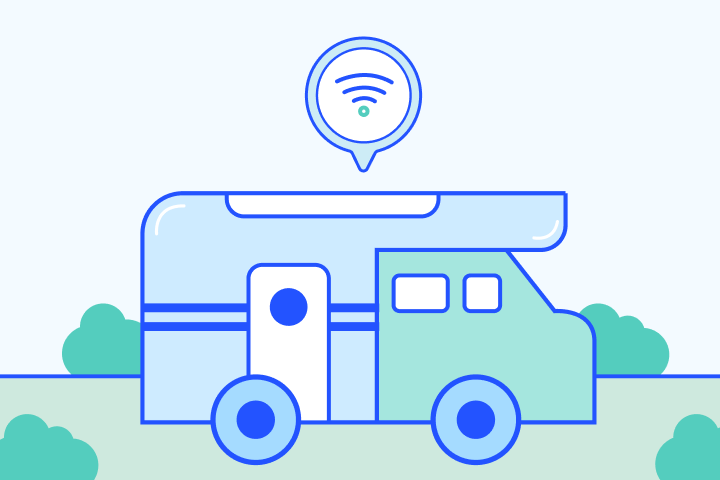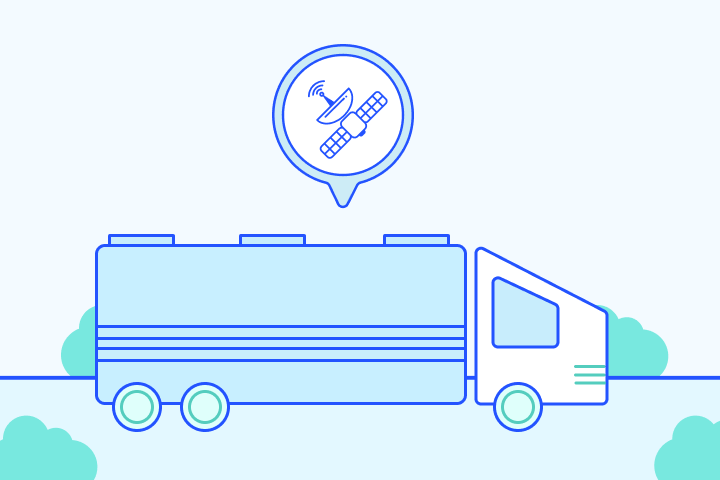EarthLink offers satellite internet in 48 states. With speeds up to 100 Mbps, EarthLink internet is a great option for rural customers who need reliable and affordable internet service. EarthLink also offers a variety of bundling options, so you can get the internet, TV, and phone service you need all in one place.
- Internet & TVchevron_right
- Providerschevron_right
- Resources & Toolschevron_right
- GIVE OUR EXPERTS A CALLcall833-481-4463


